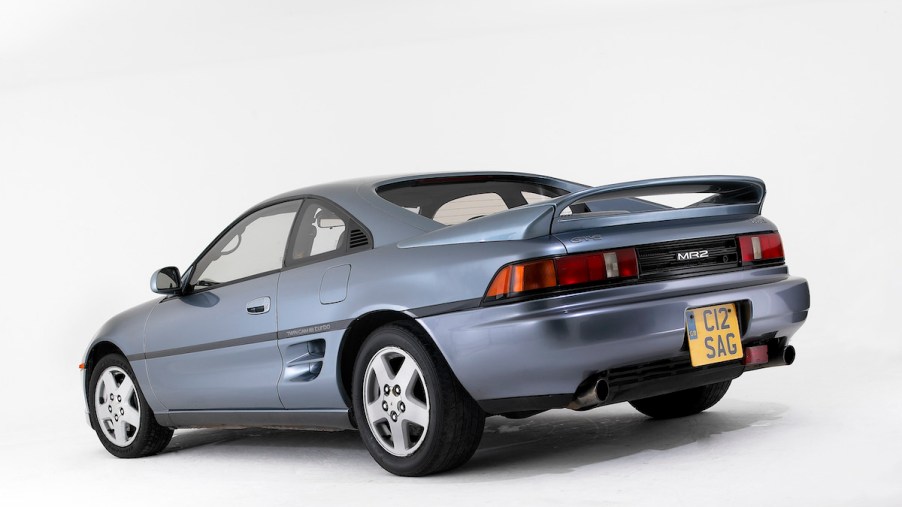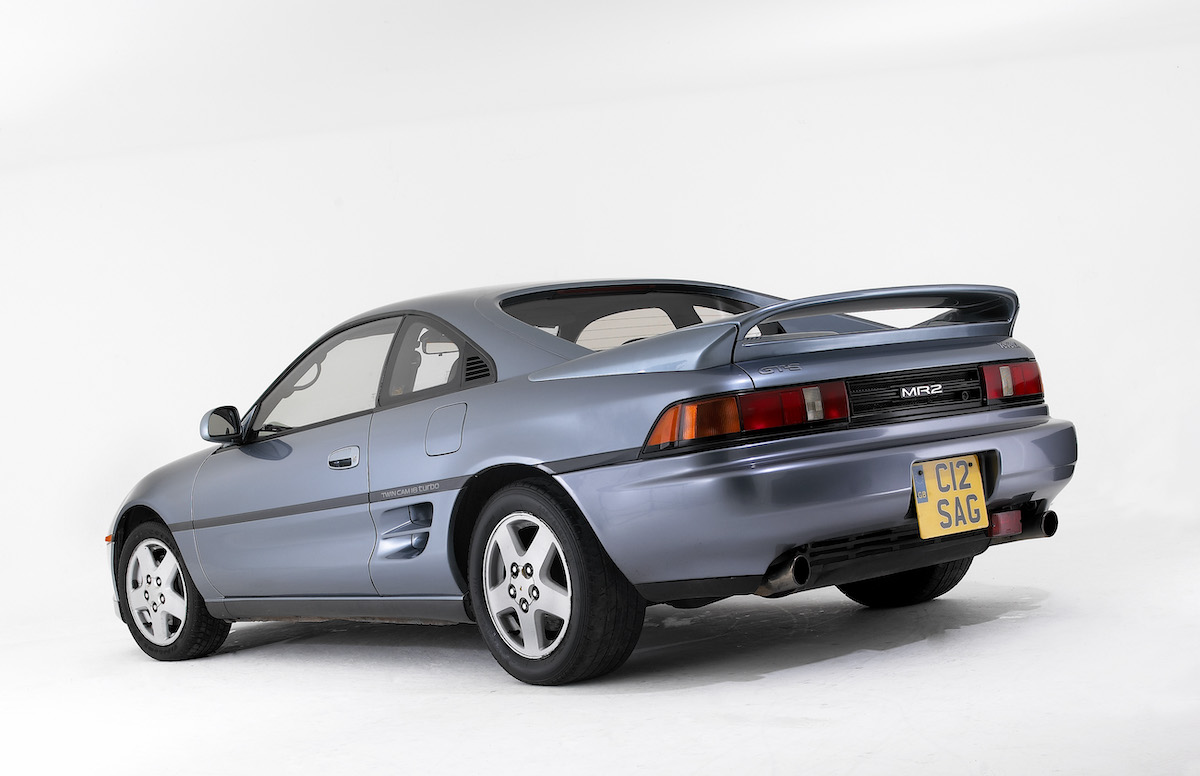
What Is the Best Toyota MR2 Model Year?
Though the Toyota MR2 launched in 1983, its history can be traced back to 1976, when the Japanese automaker initiated its “middie” project. The Iranian Revolution of 1979 and the ensuing oil crisis ultimately delayed the project’s development. Though the MR2 wasn’t the first affordable, mass-produced two-seat sports car, it was the first to experience significant success. It was one of Toyota’s first major landmark vehicles.
One of the most beloved cars of the ’80s and ’90s

Throughout the ’80s and ’90s, the Toyota MR2 sold well and became one of the most beloved cars of that period. The first small two-seat sports cars to use the mid-engine layout began appearing in Europe in the ’60s. Nonetheless, European mid-engine sports cars in those days never became big sellers.
Toyota took a gamble by introducing yet another mid-engine sports car to the market. Not only were sales numbers historically low for these types of cars, but it was also the Japanese automaker’s first mid-engine production car. But the MR2 used a more straightforward design, four-wheel disc breaks, and fully independent front and rear MacPherson strut suspensions.
It packed a transverse-mounted inline-four engine, a rare feature when the MR2 debuted. Transverse engines are mounted in vehicles in a way that places the crankshaft’s axis perpendicular to the direction of travel. Most sports cars back then were rear-wheel drive with a longitudinal engine configuration, except some rear mid-engine models. Today, this configuration is common in most modern front-wheel-drive vehicles.
The best of 3 Toyota MR2 generations
The name “MR2” is said to stand for either “Mid-ship, Rear-drive, two-seater” or “Mid-engine, Rear-wheel-drive, 2-seater.” This popular sporty daily driver was Toyota’s attempt to offer a small, fuel-efficient, affordable car that was still fun to drive. From 1984 to 2007, the automaker produced three generations of the MR2: the W10 from 1984 through 1989, the W20 from 1990 through 1999, and the W30 from 2000 through 2007. Those generations are also referred to as Mk1, Mk2, and Mk3.
The W20, or Mk2, is generally thought to be the best. Driving credits Japan’s “Bubble Era,” an economic bubble that lasted from 1986 to 1991, for the second generation’s superiority. During this period of economic success, Japanese automakers invested heavily in trying to outshine one another. This era saw the birth of stars such as the fourth-generation Toyota Supra, the Mazda FD RX-7, and Acura NSX.
“Automakers were all-in on outdoing each other with technology, and this was certainly reflected in the new personality displayed by the redesigned MR2,” Driving states. For that reason, Toyota began marketing the second-generation MR2 as a more high-end vehicle instead of a thrifty option. “This was reflected by the coupe’s exotic looks, which traded the hard ’80s angles of the original model for windswept curves that evoked Italian fare like the Ferrari 355.”
So the best Toyota MR2 model years are 1990 to 1999, and the fastest of the bunch is the Mk2 Turbo.
A new Toyota MR2 debut in 2024 seems more likely than not
Numerous reports have come out as early as 2019 suggesting Toyota is considering developing a successor to the third-generation MR2. But as we begin 2022, those rumors might become a reality. The interesting part is that the Toyota MR2 revival might get help from one or more German automakers. Some sources say Toyota is working with Porsche, while others claim Lotus will also be involved in the design.
If that weren’t exciting enough, the new Toyota MR2 would be among the first mass-produced plug-in hybrid sports cars. It might be powered by a mid-mounted 2.8- or 3.0-liter V6 engine paired with a hybrid powertrain. But don’t make the mistake of thinking that would translate to a weaker sports car. If it came to fruition, it would produce between 350 hp and 400 hp when mated to the 3.0-liter V6. The Supra has long been Toyota’s fastest production car, harnessing 255 hp to 382 hp — it might get knocked down to second place.


